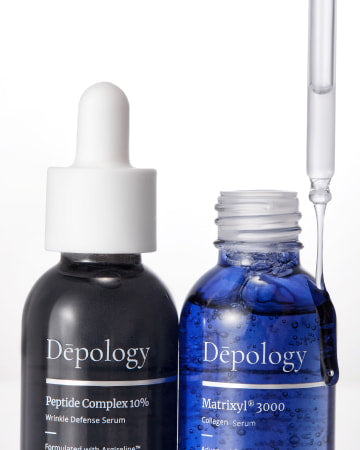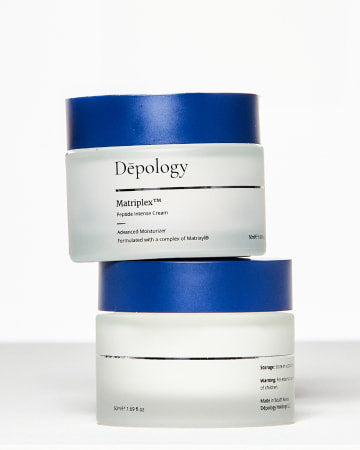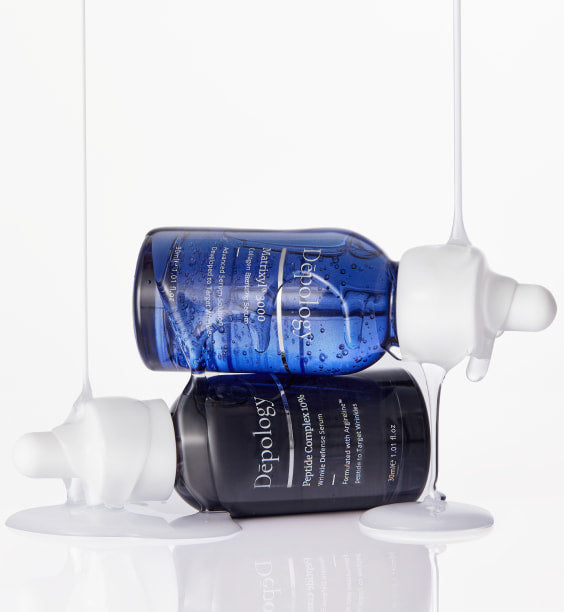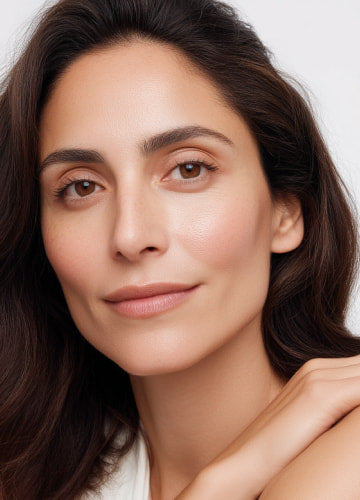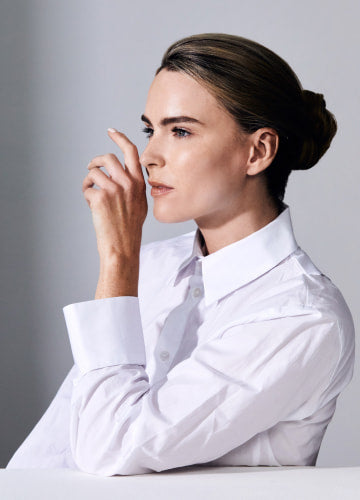Famous for its milder effects and enhanced benefits in halting aging skin, **retinol** is a product that is typically found over the counter in pharmacies and skincare stores around the world. A powerful form of **Vitamin A**, it has found its way into many routines due to its versatility. If you haven’t caught on to the trend of retinol quite yet, you might want to think again. Unlike other retinoids, this is a product that welcomes many skin types to reap its anti-aging capabilities.
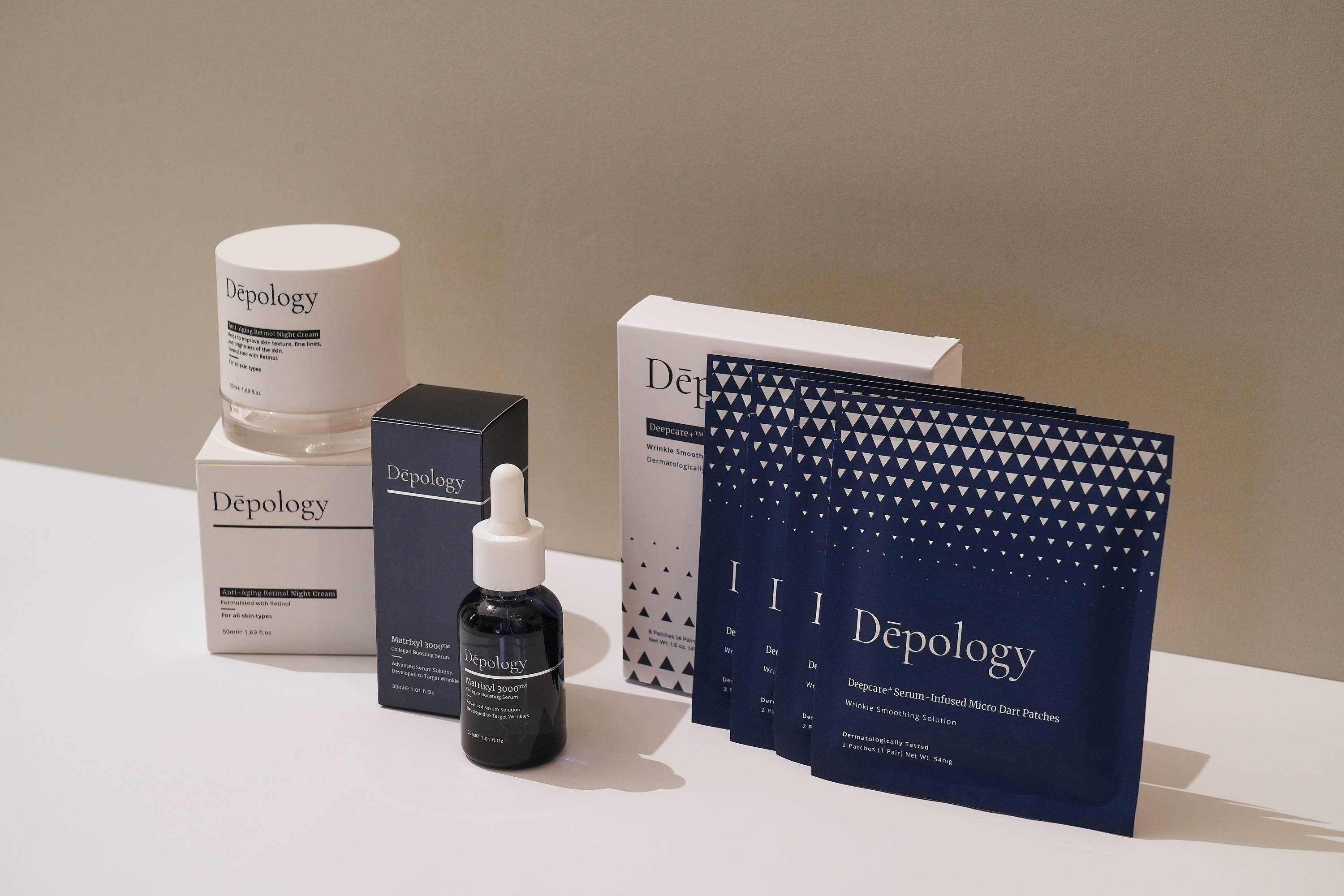
How To Start Using Retinol? : Retinol Guide For You
What Are the Benefits of Retinol cream?
There’s a reason so many swear on retinol to solve their aging woes. The Vitamin A derivative has been known to help improve skin texture, elasticity and diminish dark spots. By thickening the **dermis**, or the layer below the skin’s surface, our skin gains healthy benefits from retinol’s ability to retain that youthful appearance.
On top of assisting with skin conditions such as hyperpigmentation and acne, retinol is also used by many to rescue them from clogged pores, dull skin, and dehydration. Be sure to get into the habit of drinking enough water throughout the day to maintain a healthy cycle. The National Health Service (NHS) of the United Kingdom recommends 6 to 8 cups of water each day, or at least some form of liquid. If opting for water alternatives, try sparkling water or adding a fruity flavor to your drink, such as lemon or lime.
When Should You Start Using Retinol cream?
For the most part, any skin type can utilize the benefits of retinol. Those more prone to skin sensitivity and reactions to products should give their skin more time to adapt to retinol.
Over the years, skincare users have begun to realize the effects of using retinol as young as in their teens, particularly for those struggling with acne. Generally, you can begin incorporating retinol into your daily routine in your **mid-20s** and as late as your **early 30s**. This is when collagen levels in the skin begin to decrease at a faster rate, causing fine lines, wrinkles, and loss of elasticity. For those using it for conditions such as acne, retinol’s long-term benefits have been wise to continue even after the acne or dark spots have cleared up.
Retinol for Beginners: steps to take
For beginners, I recommend starting by using retinol **once or twice a week**. This will give your skin time to adjust to the ingredient and minimize the risk of irritation.
As your skin gets used to retinol, you can gradually increase the frequency of use. However, it is important to listen to your skin and stop using retinol if it causes any redness, dryness, or flaking.
It is also important to use retinol **at night**, as it can make your skin more sensitive to sunlight. Be sure to wear sunscreen every day, even if you are not using retinol.
Here are some additional tips for using retinol:
- Start with a **low concentration** of retinol. A good starting point is 0.025%.
- Apply retinol to clean, **dry skin**.
- Use a **pea-sized amount** of retinol.
- Avoid using retinol around your **eyes and lips**.
- Use a **moisturizer** after using retinol.
With patience and care, you can use retinol to achieve the clear, glowing skin you desire.
How To add retinol into your existing routine
Before retinol becomes an everyday staple in your routine, you should start with a small amount of the derivative to **test patch**. It’s best to do this on an area of the body you’re not concerned about showing side effects, such as your forearm. That way, if you experience undesirable irritation, it won’t be noticeable.
If you experience irritated, red, or flaky skin, try **mixing retinol with your preferred moisturizer** at least once or twice a week. As your skin becomes familiar with the formula, you can work your tolerance up to every other day or three times a week.
It’s important to note that retinol should only be applied in your PM skincare routine. This is due to the skin’s increased sensitivity when exposed to sunlight. To avoid any unwanted issues, apply an alternative such as Vitamin C in your AM routine. Always remember your **sunscreen** before walking out the door, ideally an **SPF 50** formula and above that protects against both UVA and UVB rays. [Image of UV rays damaging skin cells]
Though it’s easy to stop at your face when doing skincare, don’t forget about your neck and décolletage area! They need some love, too. These areas of the skin are often overlooked and can also begin to show signs of aging once collagen production begins to decrease. Products such as ceramide-enriched moisturizers are a haven for these particular areas, leaving your skin’s barrier well-equipped.
How To layer retinol at night
Retinol creams are best used at night. This is because retinol is sensitive to light and can break down when exposed to sunlight. Applying retinol at night will also give your skin time to heal and recover from any irritation that may occur.
- **Cleanse your face:** Use a gentle cleanser to remove makeup, dirt, and oil from your skin.
- **Apply a toner:** A exfolianting toner will help to balance the pH of your skin and prepare it for retinol.
- **Apply a hydrating serum:** Matrixyl® 3000 serum will help to hydrate your skin and plump up fine lines and wrinkles.
- **Wait few minutes:** It is important to give your skin time to absorb the serums before applying retinol.
- **Apply a moisturizer:** Apply your Retinol night cream will help to lock in moisture and prevent your skin from drying out.
**Please Note** that if you have sensitve skin:
- **Start slowly and patch test.** Use retinol 2-3 times per week at first and gradually increase the frequency as your skin tolerates it.
- **Be patient.** It takes time for retinol to see results. Don't expect to see a difference overnight.
- **Avoid using other harsh exfoliating products** while using retinol. Retinol can already irritate the skin, so it's important to be gentle.
- **Protect your skin from the sun.** Retinol can make your skin more sensitive to the sun, so it's important to wear sunscreen every day.
Can You Use Retinol When Pregnant?
You should **never apply retinol** on the skin when pregnant. You will have to swap your skincare products out for safer alternatives, such as gentle cleansers and products that are fragrance-free. It’s better to be safe, as the effects of retinol on fetal development continue to be researched and are not confirmed to be healthy for the baby.
Argireline and bakuchiol are just a few options that don’t cause irritation or increased skin sensitivity, unlike retinol. Since argireline interferes with neurotransmitters responsible for muscle movement, it is one of several peptides that don’t get absorbed into the bloodstream.
What Are the Side Effects of Retinol?
Overuse of retinol on the skin can cause the skin to reject the formula, resulting in symptoms such as **dehydration and redness**. This can also occur if the skin isn’t prepped enough before the application of the product. Mixing retinol with harsh ingredients including exfoliators and other acne treatments may also instigate a bad reaction in the skin.
Even if you don’t overuse retinol, some skincare users may notice effects right away if they are more prone to sensitive skin. If you’re not sure, a **low dose** of around **0.025%** is a great place to start when looking at the ingredients list. There are **encapsulated retinol** products available to those specifically with sensitive skin and beginners in skincare. Not only does it work more efficiently, but it avoids signs of irritation and penetrates deeper beneath the skin’s outer layers.
OUR PICK
Conclusion : retinol guide
There are countless methods out there when it comes to crafting the right skincare routine for you. While some might enjoy toners after cleansing the skin, others might want to end their routine with facial oils after applying serums such as retinol.
One of the most important things to take into consideration when starting with retinol is to be **patient**. For some users, it may take up to **12 weeks** to start experiencing desired results. When it comes to retinol, it’s most definitely not about instant gratification but provides its most glorious benefits to those who wait.



